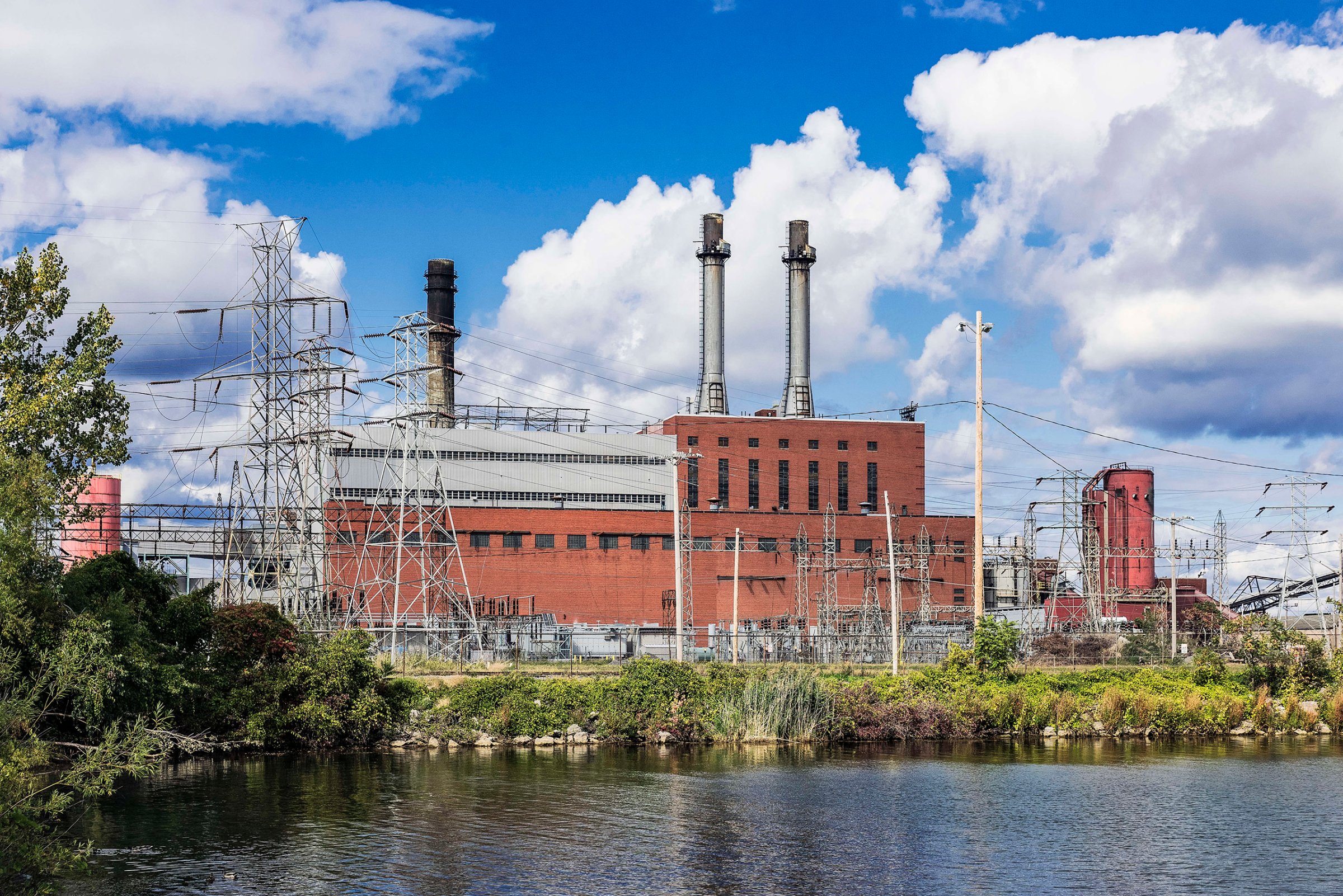
More than 200 sites of pending natural gas power plants and thousands of miles of pipelines represent the next frontier in environmental activism focused on halting fossil fuel development, according to a new report.
New natural gas plants at these sites—located across the country from California to Maine—would represent 16% of greenhouse gas emissions from the electric sector if completed using 2016 numbers. The new plants are heavily concentrated in a few states with Texas home to more than a quarter of the planned capacity, according to the report.
The document, produced by the Sierra Club and shared exclusively with TIME, follows a years-long initiative aimed at retiring coal-fired power plants. Market forces coupled with intense activism have caused a precipitous decline in coal investment and led environmentalists increasingly to turn their attention to halting other fossil fuels.
“Gas is part of the problem and not part of the solution,” says Michael Brune, Sierra Club executive director. “And it’s just as vulnerable as coal.”
Read More: Power from Natural Gas Expected to Reach a Record High Despite Climate Concerns
Around 31 gigawatts of gas capacity is currently under construction in the U.S. with another 111 gigawatts proposed, according to the report. Another 9,000 miles of gas pipelines also remain in the proposal phase. Determining how much energy is needed for a given area requires complicated calculations, but 31 gigawatts is roughly enough to power roughly 11 million homes at one time.
Many environmental groups—including the Sierra Club—once considered natural gas as part of the solution to decarbonize the electric sector. Burning the energy source emits half carbon dioxide of coal, pound per pound, and has been described as a “bridge fuel” that might act as an intermediate step between the move away from coal-fired plants and the adoption of renewable energy sources like wind and solar.
But in recent years research has shown that the plants contribute more to climate change than originally believed due to an underestimation of how much methane escapes into the atmosphere through leaks large and small. Methane is 25 times more potent at holding in the atmosphere than carbon dioxide over a 100-year period, according to the EPA. And, because energy infrastructure projects have decades-long lifespans, investing in natural gas now means locking in those emissions for decades to come.
The effort to slow natural gas could play an essential role in fighting climate change in the era of President Donald Trump, says Brune. Reports suggest that the new president—who has described climate change as a “hoax”—aims to dismantle much of existing environmental regulation and approve large oil and gas infrastructure projects. Just this week Trump endorsed two high-profile pieces of fossil fuel infrastructure—the Keystone XL and Dakota Access pipelines.
Read More: How Activists Plan to Fight Donald Trump on the Dakota Access Pipeline and Keystone XL
Unlike those fights, which in the have focused largely on winning over the federal government, stopping natural gas plants would likely require a campaign centered on the local authorities that determine what type of energy to purchase. Environmental activists now have economics on their side at the moment with wind and solar power competing on cost with natural gas in many places.
That’s especially the case in Texas. Abundant wind has made the state the country’s top producer of wind energy by a large margin despite its deeply entrenched oil and gas energy.
“We can’t wait for the Trump administration to acknowledge that climate change is real to continue to make progress,“ says Brune. “So at the local level, with the private sector, before public utilities commissions, we’re going to be pushing hard to replace fossil fuels with clean energy.”
More Must-Reads from TIME
- How Donald Trump Won
- The Best Inventions of 2024
- Why Sleep Is the Key to Living Longer
- Robert Zemeckis Just Wants to Move You
- How to Break 8 Toxic Communication Habits
- Nicola Coughlan Bet on Herself—And Won
- Why Vinegar Is So Good for You
- Meet TIME's Newest Class of Next Generation Leaders
Write to Justin Worland at justin.worland@time.com